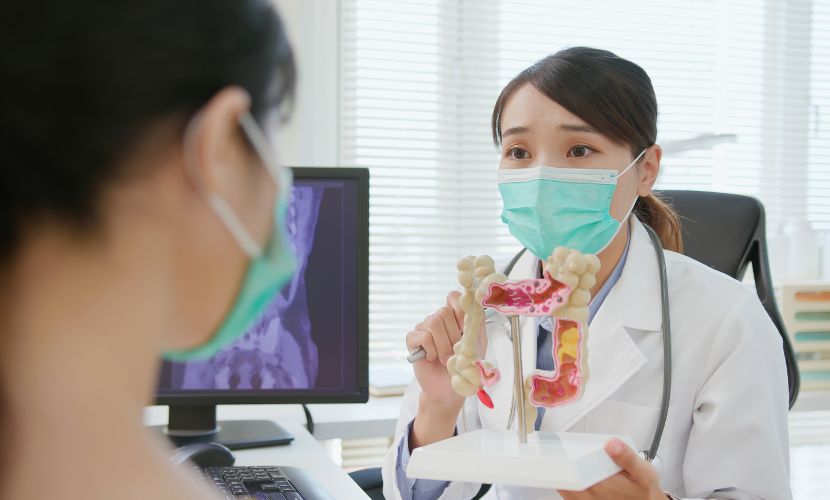
The foundation of the healthcare system has always been the patient’s well-being, but as we head deeper into the digital era, a hospital’s duties expand beyond tending to the sick and injured. Now, more than ever, the sensitive nature of health data, the complex machinery involved in treatment, and the interconnectivity of global health systems have made hospitals crucial citadels of safety and security. This blog explores why safeguarding in healthcare is more critical than ever and how hospitals can ensure they’re at the forefront of health protection.
The Changing Landscape of Healthcare Safety
Gone are the days when a hospital’s primary security concerns involved physical breaches; now, the advent of electronic health records, advanced medical devices, and global pandemics have ushered in a new era in healthcare safeguarding. The combination of these factors has created a highly complex environment where errors in safeguarding can result in catastrophic implications for the patient and a hospital’s reputation. Learn why Ensuring Safeguards in Healthcare is so vital.
Digital Privacy and Security
The transition to electronic health records (EHR) has undeniably brought benefits in terms of accessibility and efficiency. But, with patient data being a prime target for cybercriminals, stringent security measures are imperative. A hospital’s cybersecurity framework must be continually fortified to prevent unauthorized access and data breaches.
Medical Equipment and Technology
Sophisticated medical devices offer groundbreaking treatment options but also introduce new risks. From implantable pacemakers to infusion pumps, the interconnectedness and software dependency of these devices make them vulnerable to hacking, potentially leading to life-threatening scenarios.
Infectious Disease Control
The global community is more aware than ever of the rapid spread of infectious diseases. In light of recent events, hospitals are now tasked with developing and maintaining robust protocols for controlling and mitigating the impact of public health crises that can easily overwhelm systems not ready for pandemics.
Proactive Measures in Hospital Safeguarding
To combat these modern-day challenges, hospitals must adopt a proactive, multi-faceted approach to safeguarding to ensure the highest level of safety for their patients and staff.
Implementing Robust Policies and Procedures
The establishment of comprehensive safeguarding policies that cover everything from data protection to patient safety is the first step. Regular training sessions to ensure staff are aware of and compliant with these policies are just as vital.

Investing in Advanced Technology
Incorporating cutting-edge security technologies such as advanced firewalls, encryption, biometric access systems, and AI-driven threat detection into the hospital infrastructure is crucial. Upgrading and patching systems must become routine, and investment in secure software development is no longer optional.
Prioritizing Interoperability and Standardization
To enhance patient safety, medical protocols and data standards must be agreed upon and adopted globally. Additionally, medical devices should be engineered with security in mind, and interoperability between devices and systems should be cultivated within a standardized, secure framework.
Ensuring a Culture of Safety and Continual Improvement
Safeguarding should not be siloed into an IT or security department. Instead, it should be ingrained in the hospital’s culture with an ethos of continual evolution. This involves creating open communication channels for reporting potential risks and incidents and committing to implementing lessons learned.
The Human Element in Healthcare Safeguarding
Technology and policies can only go so far without the active engagement of the human element. Staff buy-in and a culture of patient safety are what truly solidify the safeguards put in place within a hospital.
Training and Education
Continuous education programs that involve role-specific training, regular refreshers, and sharing of industry best practices can arm the hospital’s workforce with the knowledge to detect and respond to potential threats effectively.
Adaptation and Responsiveness
The healthcare landscape is constantly evolving. Hospitals need to have systems in place that can quickly adapt to new threats, regulatory changes, and emerging standards to maintain their safeguarding edge.
Encouraging Transparency
Creating an environment where staff feel safe to report incidents without fear of repercussion is critical. This transparency enables hospitals to address vulnerabilities before they escalate into significant security breaches.
Future-Proofing Through Collaboration and Research
No one hospital can anticipate and address all potential threats alone. Future-proofing healthcare safeguarding involves not only internal efforts but also collaboration with other institutions, government agencies, and leading experts in the field.
Sharing Experiences and Solutions
Participating in information-sharing networks can be immensely beneficial. By learning from the experiences and solutions of others, hospitals can preemptively secure their systems against similar attacks or vulnerabilities.

Conclusion: The Ethical and Practical Imperative
Hospitals have an ethical duty to protect their patients in the digital age. As potential threats escalate, safeguarding measures should evolve quickly to ensure long-term trust in the healthcare system. Hospitals that stay ahead will protect their patients and staff while positioning themselves as beacons of safety.




















